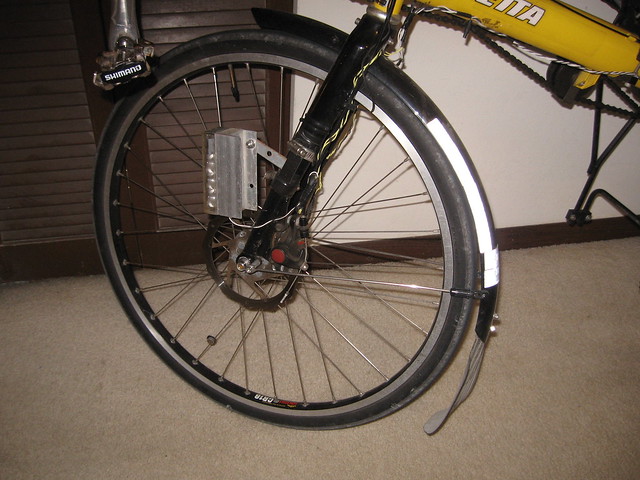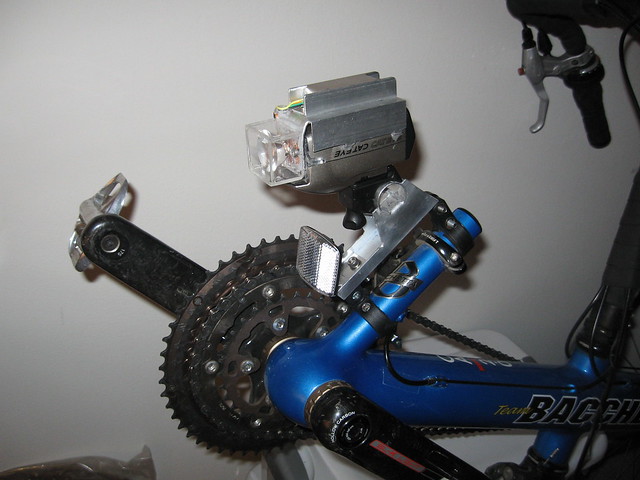There have been studies by several safety organizations that demonstrate a problem with that.
It has been demonstrated that a very bright flashing strobe light -especially one blinking in a steady pattern without random shifts- grabs attention and then certain segments of motorist, especially the elderly, the intoxicated/impaired, and the severely fatigued all have trouble "breaking free" and they will actually be drawn in, unintentionally moving towards the strobe rather than avoiding it.
If I can find the research papers again I'll link to them.
I think I am one who has trouble breaking free, even when sober!
My question above was trying to discover the level at which flashing white LEDs in the daytime are too grabbing (for want of a better expression!).
Little white blinkies are quite good. But there is a guy that cycles in the opposite direction to me in the morning who has a flasher bright enough to take almost all my concentration in daylight.
I would like to know how bright that is, to have a reference level.
Torchguy, is there a way you can get someone to ride your bike towards you to give me/us an idea?
Probably, in brilliant summer sunshine 500 lm flashing is not a 'grabber'.
I have no idea under what conditions 500 lm (or any other number of lm) might be?
(BTW, I know it is really cd/m^2 that is the intensity, but for the purposes of discussion....)
Conversely - I am pretty sure constant bright lights in the daytime are noticeable without grabbing.
On a rear lights..
I had a very bright flashing rear light, and on seeing it a friend of mine pointed out that his similar light had actually caused the driver behind him to be distracted/disoriented to the point he almost hit something, so he stopped using it. I have kept the light on the bike, but only turn it on in fog. (frustratingly, it flattens batteries even when off)
I also rode behind Zac Kaplan (the recumbent guy) when he was testing to rear strobes -a bright LED one and a xenon one.
I cannot remember which way round it was, but one was too bright to want to ride behind in the day, and the other was dazzling at night. The odd thing was, the daytime dazzling one was not night time dazzling.
All I can remember is, they were different shades of red.
Bandgap Steve



